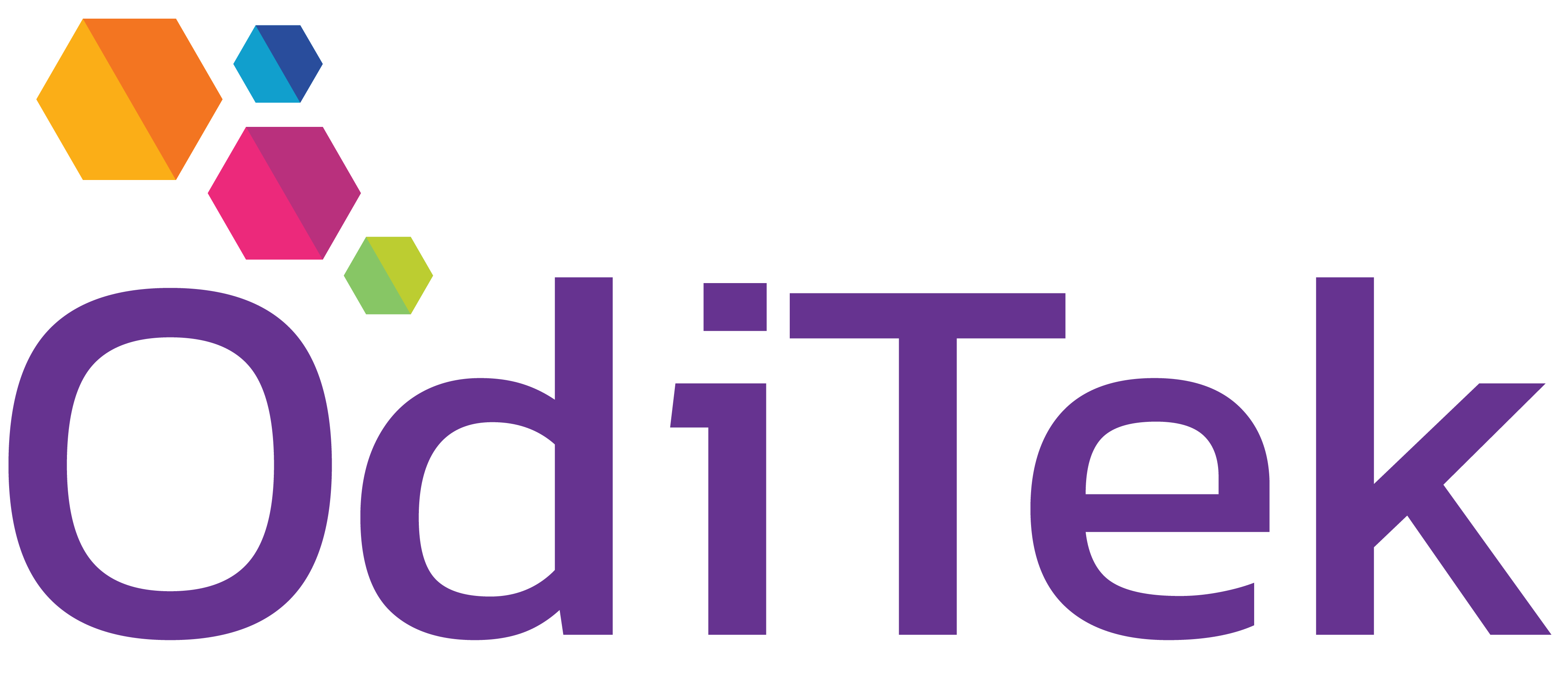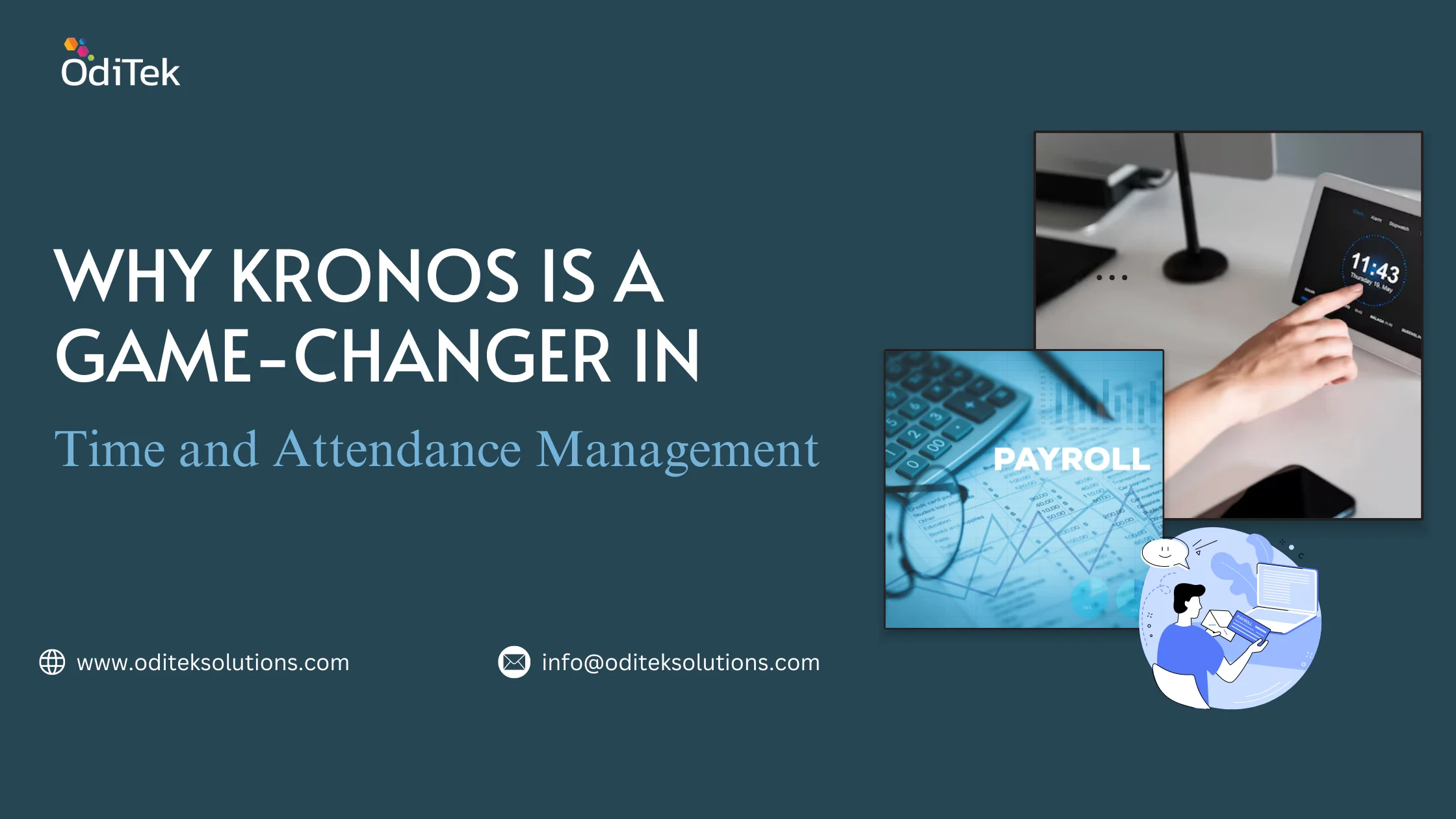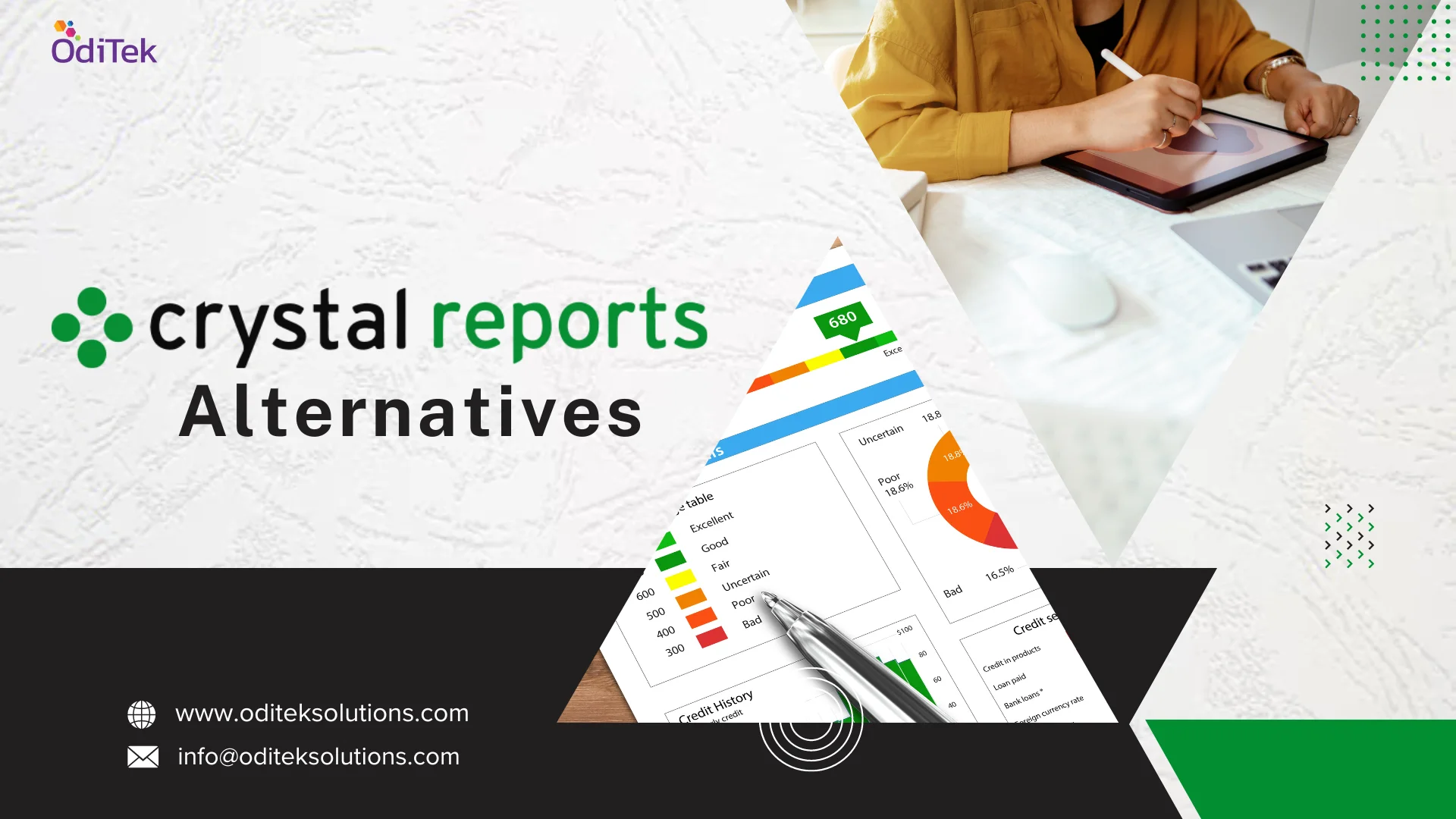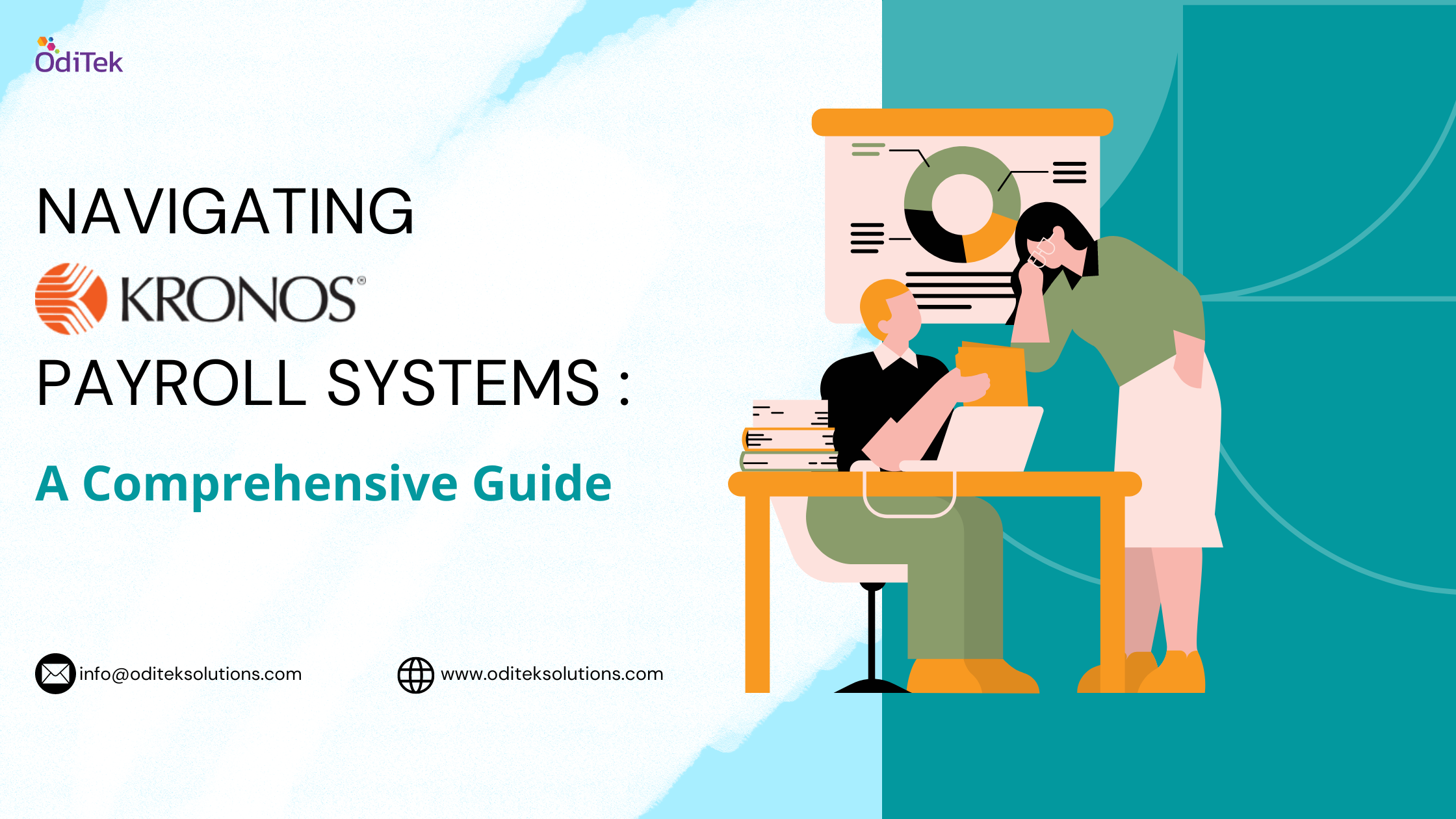What is Data Integration?
Data integration is the process of combining and unifying data from different sources to provide a unified view or a more comprehensive understanding of the information. It involves the ETL of data from diverse sources into a single, coherent data store. The goal of the data integration platform is to provide a unified, accurate, and consistent view of information across an organization.
In practical terms, a data integration approach connects disparate data sets across databases, applications, and systems. This integration enables swift information flow, fostering analysis, informed decisions, and improved business processes. Data integration processes are Crucial in today’s data-driven world, as it enables organizations to break down silos, minimize redundancy, and ensure decision-makers access an up-to-date, unified data view. This streamlined integration is fundamental for efficient operations, supporting business intelligence, analytics, and strategic decision-making.
Importance of Data Integration Platform
1. Holistic Insight
Organizations deal with a vast amount of data from various sources, and a data integration platform allows them to create a unified and comprehensive view. This holistic insight enables better decision-making and a deeper understanding of business processes.
2. Operational Efficiency
Many businesses use a variety of applications and systems that generate and store data. Data integration platform streamlines these operations by connecting disparate systems, reducing manual data entry, and automating processes. This efficiency contributes to overall productivity.
3. Customer Experience Improvement
Integrated data provides a 360-degree view of customers by combining information from various touchpoints. This allows businesses to offer personalized services, enhance customer satisfaction, and improve overall customer experience.
4. Competitive Advantage
Organizations that can harness the power of their data through integration gain a competitive edge. It allows for the identification of trends, opportunities, and challenges, helping businesses stay ahead in a dynamic market.
Data Integration Processes
The data integration processes involve combining and unifying different data sources through a series of processes that collectively create a cohesive and consolidated view of the data. Here is how this data integration process works:
1. Data Extraction
i. Source Identification: Identify the various sources of data, which could include databases, spreadsheets, cloud applications, and more.
ii. Extraction: Extract data from these different sources. This involves pulling relevant information from each source while maintaining the integrity of the original data.
2. Data Transformation
i. Data Cleaning: Cleanse and standardize the extracted data to ensure consistency. This involves handling missing or inconsistent data, resolving discrepancies, and addressing data quality issues.
ii. Data Transformation: Transform the data into a common format or structure. This step may involve converting data types, standardizing units, or aggregating information.
3. Data Loading
i. Target Identification: Identify the target destination where the integrated data will be stored. This could be a data warehouse, a data lake, or another centralized repository.
ii. Loading: This step involves mapping the data from its transformed state to the appropriate fields in the destination, ensuring a seamless integration.
Data & its Types
The data integration platform aims to combine and unify various types of data, each with its own characteristics. The three primary types of data that are commonly integrated are structured, unstructured, and semi-structured data.
1. Structured Data
Structured data is highly organized and formatted in a way that is easily searchable in a relational database. It follows a clear and predefined data model. Tables in a relational database, spreadsheets, and organized datasets with fixed fields.
Integrating structured data is relatively straightforward as the format is standardized. Database management systems (DBMS) are commonly used for structured data integration.
2. Unstructured Data
Unstructured data lacks a predefined data model and is not easily organized. It includes text documents, images, and social media posts, and lacks a set structure. Extracting meaningful information from this varied content requires advanced techniques like Natural Language Processing (NLP) and image recognition.
3. Semi-Structured Data
Semi-structured data falls between structured and unstructured data. It has some organizational elements, such as tags or keys, but does not conform to the strict structure of traditional databases. JSON, XML (Extensible Markup Language), and NoSQL databases. Techniques like schema mapping and transformation are often employed to convert semi-structured data into a format suitable for integration with other data types.
4. Multi-structured Data
Multi-structured data refers to environments where different types of data (structured, unstructured, semi-structured) coexist and need to be integrated. Modern data ecosystems often include a mix of databases, documents, multimedia, and other data types. The challenge lies in harmonizing disparate data types and ensuring a seamless flow of information across the diverse data landscape.
Choosing the Best Data Integration Approach
1. ETL
In the dynamic landscape of data integration, the ETL (Extract, Transform, Load) process emerges as a linchpin for translating raw data into actionable insights. It retrieves data, refines it for consistency and quality, and loads it into a target system for storage and analysis providing a foundation for storage, analysis, and reporting. ETL processes in the data integration platform prioritize scalability, integration, and maintenance ease. This pivotal process enables organizations to make informed decisions in a data-driven world.
2. ELT
In the realm of data integration, ELT (Extract, Load, Transform) flips the traditional model, loading raw data directly into the target system before transforming. This shift allows organizations to harness the processing power of modern data warehouses, such as Big Query or Snowflake, enabling efficient transformations. Extract gathers data, Load loads it into the target, and transform happens within the system, making ELT ideal for massive datasets with cloud-based parallel processing.
3. Data Streaming
Data streaming revolutionizes information processing, providing continuous, real-time data flow for instant analysis. This data integration approach is particularly Crucial in industries where timely insights in industries like finance and healthcare, and streaming systems, powered by technologies like Apache Kafka and AWS Kinesis, enable organizations to process data as it’s generated. This swift response to changing conditions enhances operational efficiency in the dynamic world of data integration.
4. Application Integration
API-driven application integration ensures seamless collaboration between different software systems. The most typical use case is to support operational needs, maintaining consistency across applications like HR and finance systems. Therefore, the application integration must provide consistency between the data integration platform sets. Also, SaaS automation tools streamline the creation of native API integrations for efficient and scalable connections.
5. Data Virtualization
Data virtualization stands as a transformative force in the realm of data integration processes, offering a flexible and agile solution to the challenges of accessing and unifying diverse data sources. Unlike traditional methods that involve physically moving and consolidating data, data virtualization creates a logical layer that allows users to seamlessly query and access data from disparate sources without the need for extensive data movement.
6. Real-time Integration
Real-time data integration processes and transfers data instantly as it is generated, ensuring immediate access to the latest information for critical analysis. This approach is particularly ideal for scenarios like financial transactions, monitoring systems, and applications where timely insights are paramount.
Advantages of Data Integration
As technology continues its rapid evolution, the data integration advantages are poised to reach new heights. The advantages of a well-executed data integration strategy extend beyond operational efficiency to fundamentally transforming how organizations harness the power of their data. Such as-
1. Improved decision-making
Data integration improves decision-making by combining sales, inventory, and customer relationship management (CRM) systems to get a better understanding of their customers’ purchasing behaviour. This holistic view informs strategic choices in product development, marketing, and pricing.
2. Increased efficiency
The data integration platform can help businesses to automate tasks and streamline processes. For example, a financial services company could integrate data from their customer database with their loan processing system to automate the underwriting process. Reduce the risk of errors and save time.
3. Reduced costs
It can also help businesses to avoid the costs of data silos and data quality issues, and reduce costs by eliminating the need to manually manage and integrate data from different sources.
4. Improved customer experience
Data integration platform can help businesses improve the customer experience by providing a more seamless and personalized experience. For example, a travel company could integrate data from their booking system with their customer service system to provide customers with real-time updates on their travel arrangements.
Conclusion
Data integration platform transcends its role as a technical necessity; it emerges as a strategic imperative for organizations navigating the complexities of the modern data integration approach. The amplified advantages of enhanced decision-making, operational efficiency, improved data quality, and innovation enablement underscore the transformative impact of a robust data integration strategy. Embracing these data integration advantages positions businesses not only to thrive but to lead in the era of data-driven success.
At OdiTek, we understand the critical role of data integration in today’s digital era. Our expertise in iPaaS integration ensures that businesses can navigate this complex terrain effectively.







